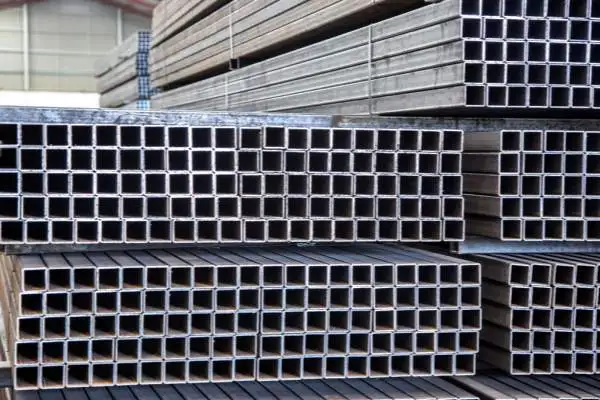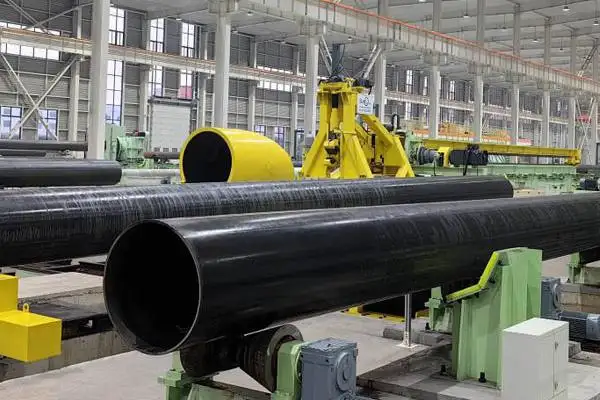Non-standard seamless steel pipes (non-standard smls pipes) refer to pipes whose dimensions, materials, or performance characteristics do not fully comply with existing public standards such as GB/T 8162 "Seamless Steel Pipes for Structures" or GB/T 8163 "Seamless Steel Pipes for Transporting Fluids". These pipes are primarily designed to fill the gaps where standard specifications fall short in real-world applications.
In practice, non-standard smls pipes are essential in scenarios where national standard products cannot meet specific requirements — such as special engineering projects, equipment repairs, customized products in small batches, or material and process testing. For example, in the manufacture of large, specialized equipment, pipes with unique dimensions or materials may be required. Non-standard pipes can effectively fulfill these special needs.
Super Steel Manufacturing Co.,Ltd is professional seamless pipes manufacturer, for more details, please contact:sales@super-steels.com
Key Features of Non-Standard SMLS Pipes
Special Dimensions
The most common type of non-standard pipe features unconventional dimensions — such as outer diameter, wall thickness, or length — that fall outside the ranges defined by national standards. These are often custom-made based on project-specific demands.
Special Materials
Some applications require alloy steel with a unique chemical composition or specific element content, which are not covered under standard specifications.
Special Performance
Requirements that exceed standard levels for mechanical properties (e.g., tensile strength, yield strength, elongation) or chemical properties (e.g., corrosion resistance, high-temperature resistance) fall into this category.
Special Applications
Used in non-traditional or highly specialized scenarios not explicitly addressed in standard specifications.
Common Applications of Non-Standard Seamless Steel Pipes
Special Engineering Projects
Large-scale or technically demanding projects often require pipes with non-standard specifications or enhanced properties.
Equipment Repair and Modification
In the maintenance or retrofitting of older equipment, matching non-standard pipes may be needed for compatibility.
Small Batch Customization
Custom-made machinery or components produced in small quantities may rely on non-standard pipes to meet unique design requirements.
Testing and Research
In material or process R&D, specific compositions or performance levels may be necessary, requiring non-standard pipe samples.
How to Differentiate Between Standard and Non-Standard SMLS Pipes
Review Applicable Standards
Carefully compare the pipe's dimensions, material, and performance data against relevant standards (e.g., GB/T 8162, GB/T 8163).
For instance, if a standard allows an outer diameter tolerance of ±0.5 mm but the actual pipe exceeds this, further assessment is needed.
Check Product Labels
Standard pipes typically have clear and complete labels showing the manufacturer, applicable standards, material, and specifications. Non-standard products may have incomplete, unclear, or missing labeling.
Consult Industry Experts
If uncertainties remain, consult with professionals such as steel pipe manufacturers or third-party testing agencies to verify compliance through technical analysis.
Key Considerations When Ordering Non-Standard SMLS Pipes
Define Technical Requirements Clearly
Provide detailed specifications to the supplier, including size, material, mechanical and chemical properties, and surface treatment. Technical drawings or specifications are highly recommended.
Choose a Qualified Supplier
Work with experienced and technically capable manufacturers (such as Permanent Steel Manufacturing Co., Ltd) to ensure product quality.
Sign a Detailed Contract
Clearly outline product requirements, delivery schedule, quality standards, and after-sales service in the contract to protect your interests.
Conduct Strict Quality Inspections
Perform rigorous quality checks upon receipt to ensure that the delivered pipes meet the specified requirements.
Refer to Existing Standards When Possible
Even for non-standard products, it is advisable to align with relevant national standards in terms of mechanical and chemical performance to ensure product reliability and safety.



 English
English Español
Español Français
Français بالعربية
بالعربية





















